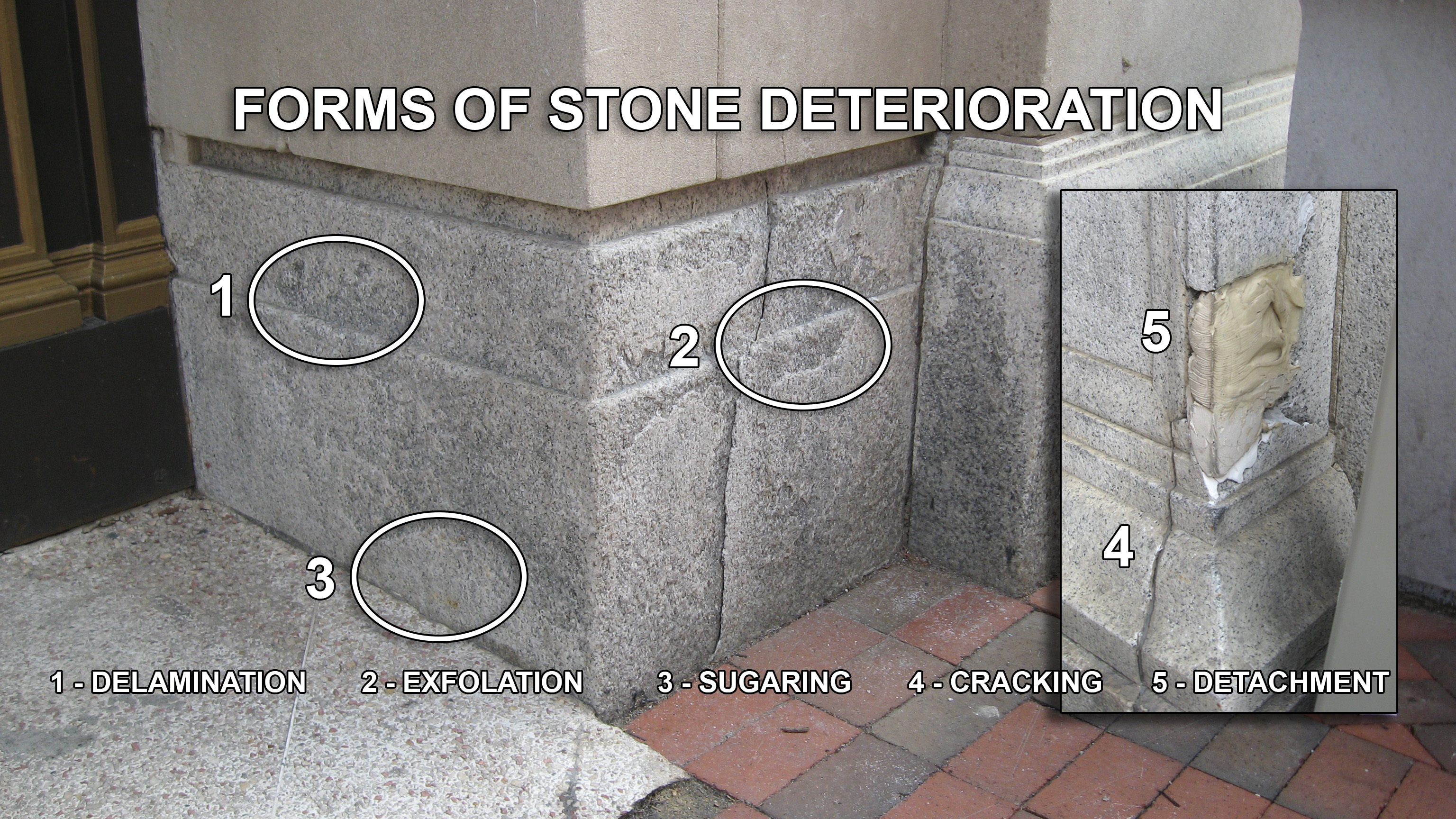Granite materials add timeless beauty and elegance to both indoor and outdoor environments, but over the years, they can diminish their radiance due to usage and environmental factors. Whether you have a historic home with beautiful masonry or simply want to restore the shine to your kitchen surfaces, grasping the important steps of rock care and restoration is essential. This guide will not only help you navigate the world of stone maintenance but also equip you to make informed decisions on when and how to embark on restoration tasks.
From identifying signs that it might be time to restore your stone areas to steering clear of common pitfalls in the restoration process, we'll cover all that you need to know. With the proper tips and techniques, you can bring back the luster to your stone and enhance the beauty of your environment while preserving the cultural significance of your home. Come along with who handles commercial marble polishing in sydney as we examine the best practices for rock restoration, ensuring your surfaces remain breathtaking for years to come.
5 Frequent Errors in Rock Restoration
One of the primary common errors in stone restoration is using the inappropriate cleaning solutions. Numerous homeowners assume that every surface cleaners are safe for rock, but this is well not true. Harsh or rough cleaning agents can etch and ruin the surface of genuine rock, causing greater damage than good. It is important to choose pH-balanced solutions especially designed for the kind of rock being restored to maintain its integrity and look.
Another common error is neglecting to assess the underlying problems before starting rehabilitation work. Frequently, owners of homes focus solely on the rock's exterior without considering problems like moisture penetration or structural issues that may have caused deterioration. Neglecting these fundamental problems can lead to recurring harm, making the initial restoration efforts futile. A thorough inspection by a specialist can help reveal these important problems.
Finally, many people underestimate the importance of sealing their rock after restoration. Failing to use a quality sealant can leave newly restored areas vulnerable to stains, moisture, and other environmental conditions. Regular maintenance and proper sealing are vital to protect the investment in rehabilitation and guarantee that the rock remains in excellent condition for a long time to follow.
Is it the right time to Revitalize Your Stone Surfaces?
Deciding if it's time to restore your stone surfaces might significantly improve the aesthetics and lifetime of your home. Look for visible indicators of wear including marks, dullness, or discoloration. If the stone surfaces no longer shine or have become more difficult to maintain, these might be signs that restoration should be considered. Regular inspections may help identify issues in advance before they necessitate larger repairs.
Moreover, think about the operational aspects of the stone surfaces. If you see fissures, chips, or unevenness, these problems not only impact appearance but can also lead to more significant structural issues if left unaddressed. The frequency of maintenance and the environment may affect the surface condition; for example, areas exposed to harsh weather or heavy foot traffic may require increased restoration.
Finally, reviewing the type of stone and its historical value can guide your choice. Vintage or historically valuable stones might require specialized restoration techniques to maintain their integrity and value. Evaluating the complete condition against the advantages of restoration may assist you in deciding if now is the right time to act.
DIY vs. Professional Stone Repair

When considering stone repair, one of the initial decisions you'll face is whether to take on the task yourself or employ a professional. Do-It-Yourself repair can be attractive due to cost savings and the fulfillment of finishing a project. Nonetheless, it demands a considerable amount of time, work, and knowledge about the particular type of stone and the methods needed for restoration. Many property owners may overlook the expertise necessary to achieve a quality result, which can lead to dissatisfaction with the results or even further damage to the stone.
On the flip side, enlisting a professional for stone restoration can reduce the burden and unknowns. Experts in stone care have the right equipment, experience, and knowledge to assess the condition of the stone and choose the most efficient restoration method. Additionally, experts are typically aware of best practices and can help preserve the aesthetic appeal of the stone while ensuring a durable outcome. This option might involve a higher upfront cost, but it can save money in the long run by avoiding costly errors.
In the end, the choice between Do-It-Yourself and professional restoration depends on your skill level, the extent of the damage, and your budget. For minor touch-ups or maintenance, DIY might suffice. On the contrary, for extensive repair projects, especially those that require specialized techniques or tools, enlisting a professional could be the best investment in preserving and enhancing the aesthetic of your stone surfaces.
